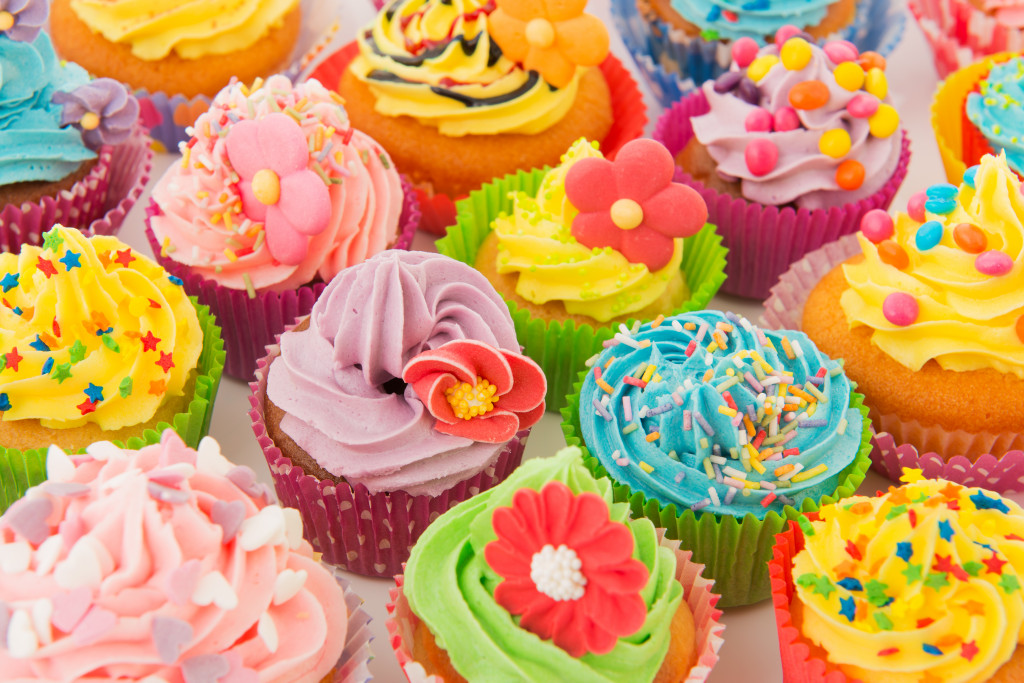Photography is a powerful tool that can help make or break a food advertisement. You’ve seen all poorly done food photographs that make the food look unappetizing, and on the flip side, you’ve also seen amazing food photographs that make your mouth water.
As a business owner or marketer, it’s important to understand how to use photography to your advantage when advertising food. Here are some tips:
Natural light is your friend
You can take advantage of natural light in food photography by paying attention to the direction of the light and the time of day. When taking photos indoors, place your subject near a window, so the light is coming from the side or behind. This will create beautiful shadows and help highlight your food’s texture.
If you’re taking photos outdoors, try to avoid direct sunlight, which can cast harsh shadows and create glare. Instead, look for areas of dappled light or shade. The soft, diffuse light will make your food look more appetizing. And finally, remember that the quality of light changes throughout the day.
So, if you’re looking for a warm, golden glow, take your photos in the late afternoon or early evening.
Get a close-up
In food photography, taking a great picture of your subject matter is about getting the right angle. And when it comes to getting a close-up, there are a few things you’ll want to keep in mind.
First, ensure that you’re using a lens that will allow you to get close enough to your subject. A macro lens is ideal, but a standard zoom lens will work in a pinch. Second, pay attention to the background and ensure it’s clutter-free. A simple white background is usually best for close-up shots. Finally, use a tripod or some other form of support to keep your camera steady – this will help you avoid blurriness in your photos.
By following these simple tips, you’ll be sure to get the perfect close-up for your next food photography project.
Use props wisely
When it comes to food photography, props can be your best friend or your worst enemy. Used wisely, they can add color, texture, and interest to your shots. But if you’re not careful, they can quickly overwhelm the frame and distract from the star of the show – the food.
So, what’s the secret to using props effectively? First, less is almost always more. A few carefully chosen items will be much more impactful than a jumble of disparate objects. Second, make sure that the props you select complement the food in terms of style and color. And finally, take care to arrange them in a way that feels natural and unforced.
With a little practice, you’ll be able to use props to create stunning food photos that are sure to tantalize your taste buds.
Make the food look the best

It’s important to make sure your food looks aesthetically pleasing in your photographs. Besides using the best lighting and props, there are things you can do to the food itself. One good trick is to make the food’s features pop out.
For example, you can use a 580g nitrous oxide tank to spray whipped cream onto a cake. The effect is instant and dramatic – the cream will rise up in beautiful, fluffy peaks, making the cake look irresistible. To achieve a similar result without nitrous oxide, you can pipe the whipped cream onto the cake using a piping bag fitted with a star tip. Nitrous oxide can not only make your food look better, but it’s also good for the food in general because it helps to preserve its flavor and freshness.
Another way to make your food look its best is to use glazes and sauces. A simple glaze made with equal parts sugar and water can give fruits and pastries a beautiful, glossy sheen. And a drizzle of chocolate or caramel sauce can take an ordinary dessert from blah to wow in no time.
By taking the time to make your food look its best, you’ll be sure to get mouth-watering results.
Shoot in raw
When it comes to food photography, shooting in raw is always best. Raw files contain all of your camera’s data, giving you the most information to work with when editing. This is especially important when adjusting white balance, as even a slight change can impact the final image. And because raw files are not compressed, they offer greater flexibility when making exposure and color adjustments.
So if you want to capture mouth-watering images of food that will make your friends and family drool, be sure to shoot in raw.
With these tips in mind, you’re well on your way to taking appetizing food photos that will help boost your advertisements and attract potential customers. Just remember to keep things simple, focus on quality over quantity, and let natural light do its job.


